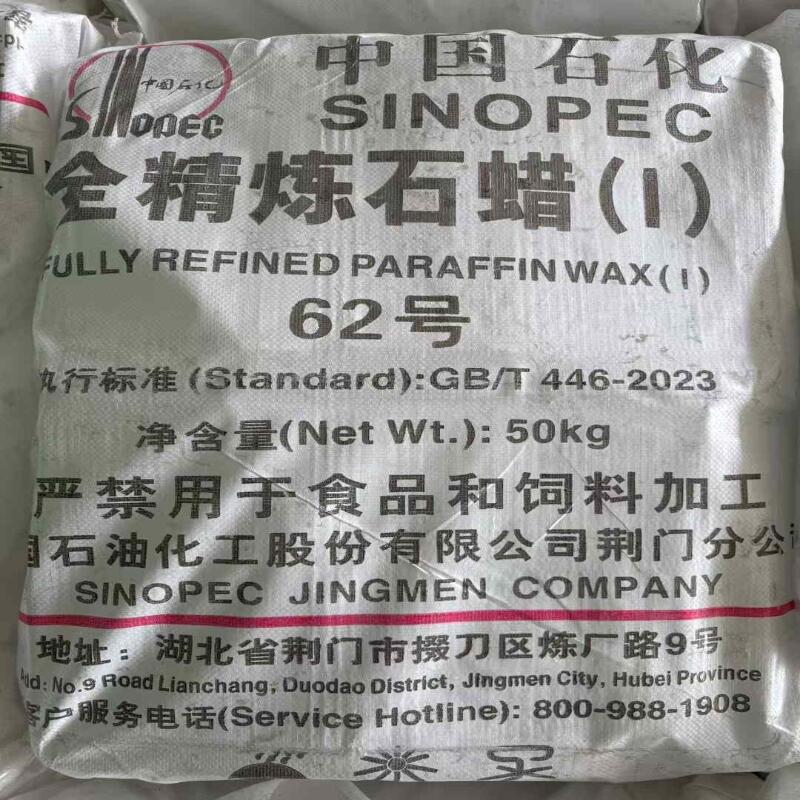-
Categories
-
Pharmaceutical Intermediates
-
Active Pharmaceutical Ingredients
-
Food Additives
- Industrial Coatings
- Agrochemicals
- Dyes and Pigments
- Surfactant
- Flavors and Fragrances
- Chemical Reagents
- Catalyst and Auxiliary
- Natural Products
- Inorganic Chemistry
-
Organic Chemistry
-
Biochemical Engineering
- Analytical Chemistry
-
Cosmetic Ingredient
- Water Treatment Chemical
-
Pharmaceutical Intermediates
Promotion
ECHEMI Mall
Wholesale
Weekly Price
Exhibition
News
-
Trade Service
The Tianjin Dagang Oilfield, a subsidiary of PetroChina, began to use renewable energy sources to exploit traditional oil and gas resources
.
This is the latest effort of China's oil and gas industry to
save energy and reduce consumption and reduce carbon emissions.
In the Dagang Oilfield Port West No.
1 well conglomerate, more than 20 oil production wells run day and night and smoothly
.
However, unlike the traditional oil production method, the electric energy driving the oil production facility comes from more than 150 photovoltaic panels laid on the fence of the well congregation
.
"The oil production kinetic energy here does not consume a drop of oil or a piece of coal
.
" Zhao Pingqi, head of Dagang Oilfield Company, said that in the first half of this year, Dagang Oilfield has completed more than 14 megawatts of photovoltaic power generation projects, generating 8.
7 million kWh
.
Dagang Oilfield is located in China's Class II solar energy resource area, with an average annual solar energy utilization hours of about 1,300 hours, and a total land area of more than 9 square kilometers
available for wind and solar power generation.
Li Jianliang, executive deputy manager of the new energy business department of Dagang Oilfield Company, said that by the end of 2022, the 48 MW photovoltaic power generation project will be officially connected to the grid, with an annual power generation capacity of about 65 million kWh and a carbon dioxide emission reduction of more than 50,000 tons
.
According to the plan, between 2021 and 2025, the installed capacity of wind and solar power generation in Dagang Oilfield will reach 650 MW to promote the realization of clean energy substitution and external clean energy
supply in oil and gas exploration.
The addition of more and more clean energy is of great significance
to reducing traditional energy consumption and reducing carbon emissions in the Dagang oilfield that has been exploited for nearly 60 years.
Dagang Oilfield, which was put into operation in 1964, is the third independent exploration and production oilfield after the founding of New China, and most of the oilfields are currently in a period of high water cut, and the energy consumption required for exploration and exploitation is increasing
.
In 2021, Dagang Oilfield will produce nearly 4.
5 million tons of oil and gas equivalent per year, and the annual operating power consumption will be nearly 1.
1 billion kWh, accounting for about 38% of the total energy consumption, equivalent to more than 950,000 tons of carbon dioxide emissions, accounting for about 70%
of the total carbon emissions of the oilfield.
The oil and gas exploration and production industry is usually a large traditional energy and carbon emitter
.
Whether it can achieve clean energy conversion is crucial
for China to achieve the "double carbon" goal.
To this end, PetroChina proposed that by 2025, the group's clean energy utilization rate should reach 25%.
"In order to actively integrate into China's progress towards carbon peaking and carbon neutrality, Dagang Oilfield will also plan a total of more than 700 megawatts of wind power generation facilities on the offshore oil and gas platform in the Tanhai area to drive offshore oil and gas exploration
.
" Li Jianliang said
.







